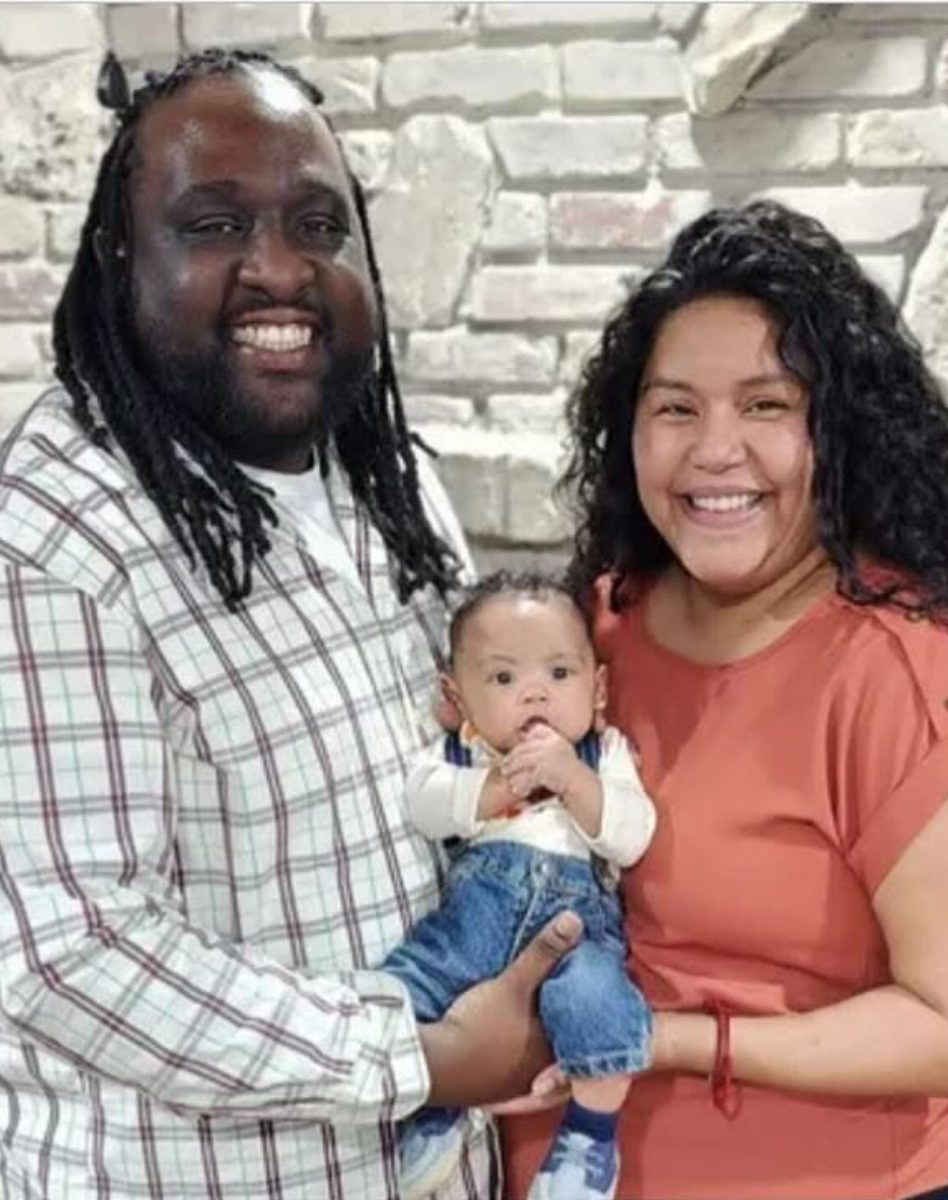By Robin Swanson
Staff Reporter
COVID has been affecting people’s health, lives, and communities around the world for almost a year. But it has most affected people based on race, ethnicity, and where they live. This inequality is deeply rooted throughout the world but is especially prominent in the United States. The CDC has explained that because of these “long-standing systemic health and social inequities, many people from racial and ethnic minority groups have been put at an increased risk of getting sick and dying from COVID-19.” The impacts of systemic broad based inequality have led to greater infectious rates of COVID in minority communities and greatly elevated deaths rates.
There are many factors that contribute to the increased risk of COVID. The first being systemic impacts of discrimination. While society promotes equal access to healthcare, it is an unfortunate reality that discrimination exists in these systems that are meant to protect people. People from some racial and ethnic minority groups are more likely to be uninsured than white people. Access to healthcare can be limited for these groups because of many factors, “such as lack of transportation, child care, or ability to take time off of work; communication and language barriers; cultural differences between patients and providers; and historical and current discrimination in healthcare systems”(CDC).

This image shows the mortality rate for COVID based on race/ethnicity. From KFF.org, which supplies news on national health issues.
This leads into the three final factors that increase the risk towards minority groups: education, occupation (which is correlated with income) and lastly housing. “People from some racial and ethnic minority groups are disproportionately represented in essential work settings such as healthcare facilities, farms, factories, grocery stores, and public transportation” (CDC article on inequalities during the pandemic). Because of these occupations they come in close contact with the public and other essential workers, which leads to more chances of being exposed to the virus. Finally, many people from racial and ethnic minority groups live in crowded conditions, typically for economic or cultural reasons, that make it more challenging to follow prevention strategies.
These factors plus deep rooted systemic inequality within the health community have led the minority communities in the United States to be at a higher risk of contracting and dying of COVID. Equality on all aspects is what is required to begin to remedy these impacts, but most importantly access to quality, affordable healthcare is needed. This is needed not just to help contain this pandemic but to also fulfill the constitutional right of equality of all persons no matter race, or color.
































faith jones • Mar 19, 2021 at 8:37 am
February 4, 2021
Dear Corydon Editor,
In Issue 4 (February 25, 2021), Robin Swanson wrote an article titled “Inequality during a pandemic”. When you first click on the article, you instantly see a chart of the covid-19 mortality race separated into race and or ethnicity. Another thing I notice is that the black community has the highest mortality rate and the lowest is the asian community. It is well known by many people around the world including government officials, the cdc, hospitals and other very important statuses that if you are a certain race/ethnicity when it comes to the deadly virus you are most likely to get sick and even possibly die. In the article Robin even points out that the cdc knows this is true “The cdc has explained that because of these “long-standing systemic health and social inequities, many people from racial and ethnic minority groups have been put at an increased risk of getting sick and dying from covid-19”. The article then goes on about how “society promotes equal access to healthcare” but actually very much discriminates against minority groups which is true. Very sad but true. As a person who believes everyone should be equal no matter if they are a man or woman, black or white everyone should have the same equal fair opportunities especially when it comes to healthcare in times like this.
Sincerely,
Faith Jones, Grade 12
Andrew Saray • Mar 18, 2021 at 10:21 pm
March 18, 2021
Dear Corydon Editor,
In Issue 6 (February 25, 2021), Robin Swanson wrote an article titled “Inequality During a Pandemic”. In this article, Robin did a great job explaining Inequality for healthcare during the pandemic. I also want to thank Robin for speaking about and informing the school about this topic. It’s honestly really sad that we still live in a society where minorities are still discriminated against, especially for something like health care. The one thing that stood out to me was the graph used in this article. I was shocked to see how many different ethnicities have lost their lives due to the virus. Robin does a good job explaining the different factors that contribute to the increased risk of COVID. I admire the thought-out explanation used for this topic. Such as when you talked about different minority groups having a higher chance of getting the virus by working in essential jobs. I never really thought about it until now that essential workers risk their lives trying to keep us alive due to them having to come in close contact with other people. Like said earlier, Thank you Robin for talking about this subject, it was really informative and it helped broaden my knowledge about the struggle different minorities are dealing with.
Sincerely,
Andrew Saray, Grade 12
Shea Sanchez • Mar 17, 2021 at 8:11 pm
March 17, 2021
Dear Corydon Editor,
In Issue 4 (February 25, 2021), Robin Swanson wrote an article called “Inequality During a Pandemic” which was a quite interesting and informative read. The first thing you notice when you open up the article is the graphic of a chart that illustrates the Covid-19 mortality rates based on race/ethnicity as of August 2020. This chart is really eye opening and captivated me as a reader from the beginning. It’s shocking to see the disparities in lives lost based on something like skin color or ethnic background. Based on the chart, the highest mortality rates of race/ethnic groups are African-Americans and American Indians. I specifically know the devastation that Covid-19 has brought on the American Indian community, because my family is Native American and we have many friends and relatives who live in the affected areas. It really makes me sad to know that racial disparities are a big part of why so many lives were lost to this pandemic. Swanson writes about how some of the contributing factors to this situation are unequal access to healthcare, disparities in education, occupation, and housing, and she notes how deeply rooted all these problems run in our country. Robin Swanson concludes by saying that the best way for these disparities to be remedied, is for our country to provide actual affordable and quality healthcare for all citizens, and I agree. Thank you Robin for this informative article and for teaching me about what is happening in communities across the country because of the pandemic.
Sincerely,
Shea Sanchez, Grade 12